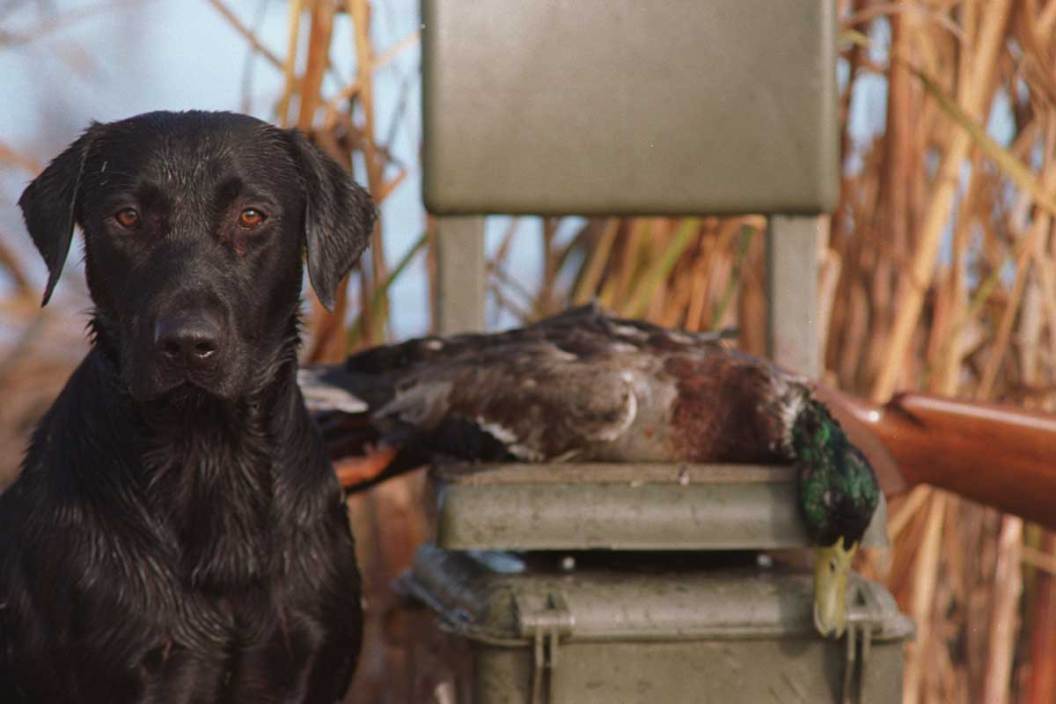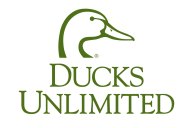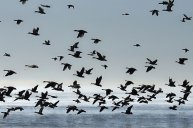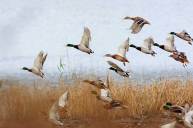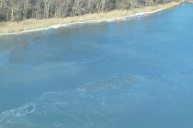The United States Department of Agriculture's Animal and Plant Health Inspection Service (USDA's APHIS) caused a strong reaction amongst hunters and relevant organizations by issuing a ban on importing harvested game birds from Canada to the U.S.
The ban claims to help limit the spread of the highly pathogenic avian influenza (HPAI). However, a disagreement with the ban has risen because of its inconvenient timing and seemingly pointless existence in the first place.
Harvested bird meat and carcasses will not be allowed to cross the border from any Canadian province. A bird may only be allowed to cross if it is fully finished by a USDA-approved taxidermy establishment. It can then be mounted and shipped to the U.S. Thats's not ideal for the hunters who enjoy procuring wild game for meals as part of their experiences.
The ban was announced at 6:35pm ET on Friday, September 2, which was one day after waterfowl hunting season had already opened in a few Canadian provinces. By that time, many American hunters had crossed the Canadian border ready for waterfowl hunting season and are now forced to navigate severely limited options if they reach the border with their coolers full of game meat.
Ducks Unlimited, the world's largest wetlands conservation nonprofit organization, swiftly issued a letter to APHIS administrator Keven Shear protesting the decision because of its short-sighted rashness and requested immediate reconsideration.
"Hunters are left to wonder why APHIS would reverse course on such a consequential decision, announced after hours on a holiday weekend, with zero notice or opportunity to be heard from stakeholders," Ducks Unlimited's CEO Adam Putnam said in the letter. "DU members are justifiably upset by the absence of science and the total lack of transparency around this sweeping regulation that does not appear to have even included the US Fish and Wildlife Service in its development."
Waterfowler Steven Hick from South Carolina told Forbes Magazine, "Hunting isn't just about shooting for me. My wife and I enjoy entertaining wild game dinners. When I travel to Canada to hunt, I do so with the expectation that I'll be enjoying our harvest at the dinner table."
Win Mitchell from Northfield, Minnesota, was the past volunteer chairman of Minnesota Ducks Unlimited and has been hunting waterfowl in Canadian provinces of Saskatchewan and Manitoba for 20 years. He told the Minneapolis Star Tribute, "Most people I go with want to bring their birds home to eat. I don't need them to feed my family. But we enjoy eating them.''
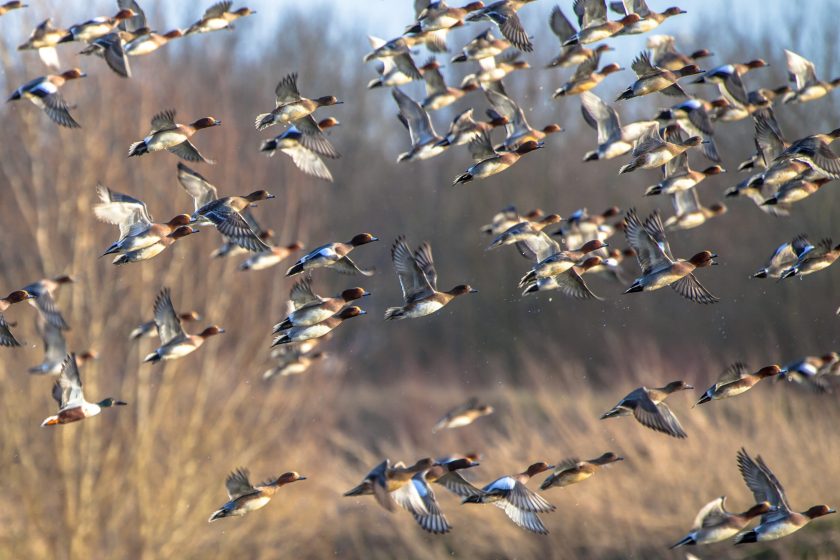
CreativeNature_nl via Getty Images
Aside from the massive inconveniences the ban has caused hunters making the trip, its existence seems utterly pointless. Adriaan Dokter, an Edward W. Rose postdoctoral fellow at the Cornell Lab, explained his findings from a study done in 2018. He and his team concluded that around four billion birds migrate from Canada into the U.S. during fall seasons.
"We've discovered that each autumn, an average of 4 billion birds move south from Canada into the U.S. At the same time, another 4.7 billion birds leave the U.S. over the southern border, heading to the tropics," he explained. "In the spring, 3.5 billion birds cross back into the U.S. from points south, and 2.6 billion birds return to Canada across the northern U.S. border."
Charles Potter of the Max McGraw Wildlife Foundation, a research and education foundation dedicated to enhancing the historical heritage of hunting and fishing, told Forbes, "The notion that banning the importation of ducks and geese taken by American hunters is going to have any positive impact on controlling the spread of strains of avian flu ignores the reality that millions of birds are arriving from Canada into the U.S. daily regardless of any such ban."
Ww've learned that ducks are capable of traveling 800 miles in a single eight-hour migratory flight. On top of that, sick birds show little symptoms of infection. The most (and maybe only) truly concerning part of HPAI is how it has already affected farmed poultry populations.
Waterfowl hunting season is an important source of tourism revenue for Canadian provinces such as Manitoba, Saskatchewan, and Alberta. And if you're worried about how HPAI has affected humans, the CDC says only one person has been infected by it during the current outbreak.
We'll keep an eye on this story as more develops.
